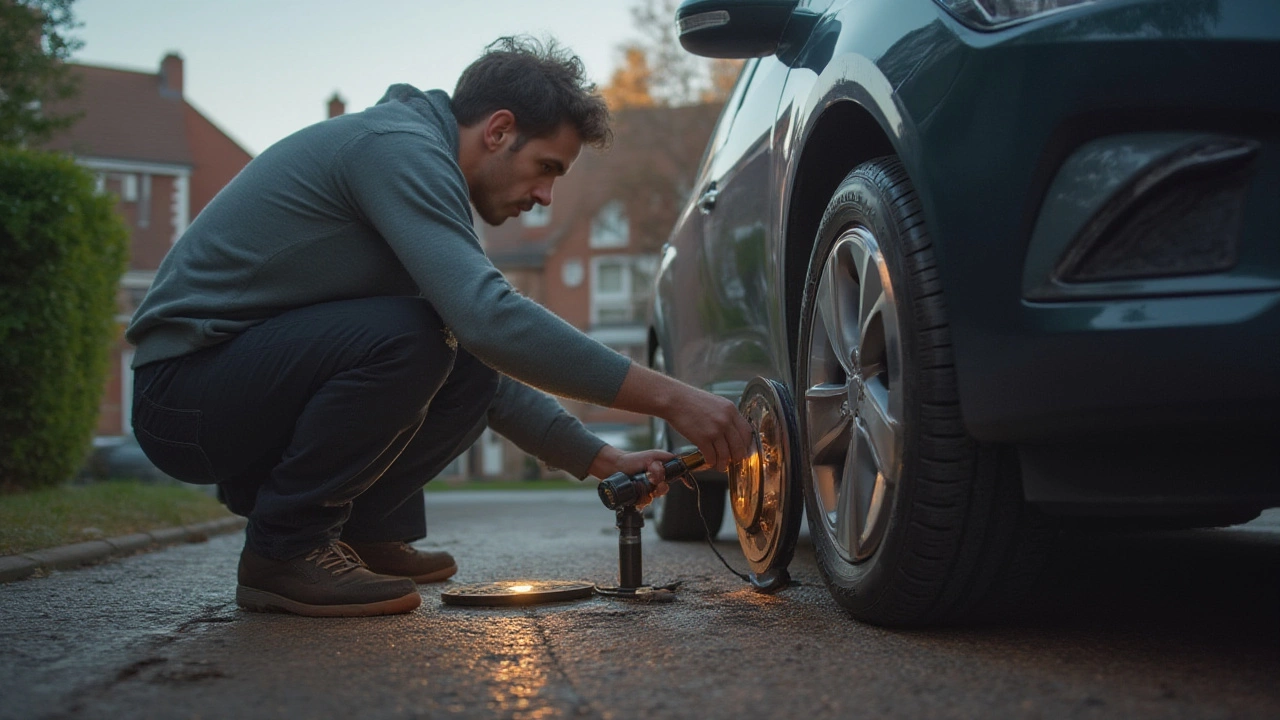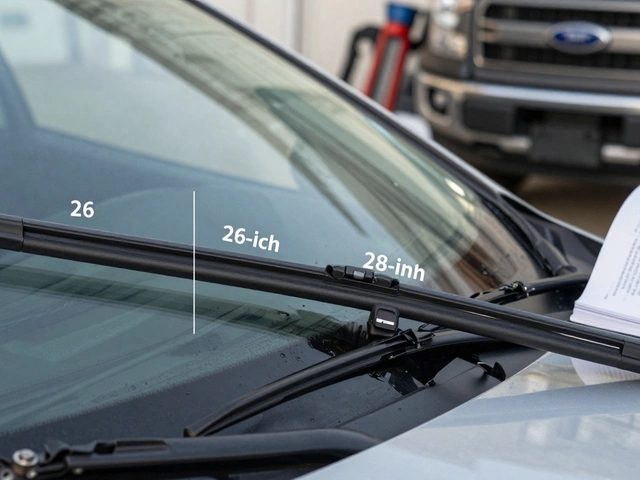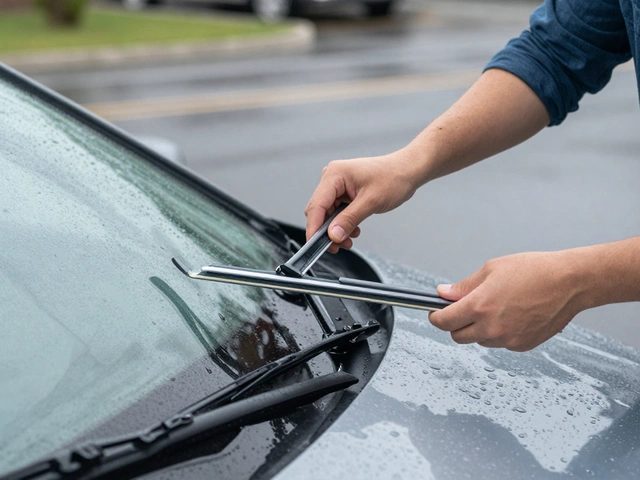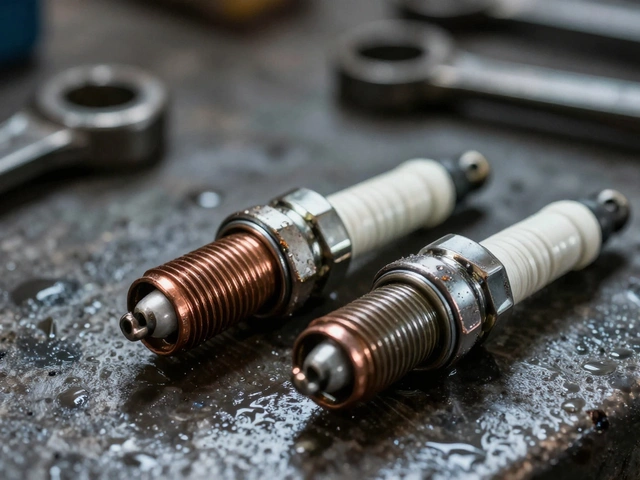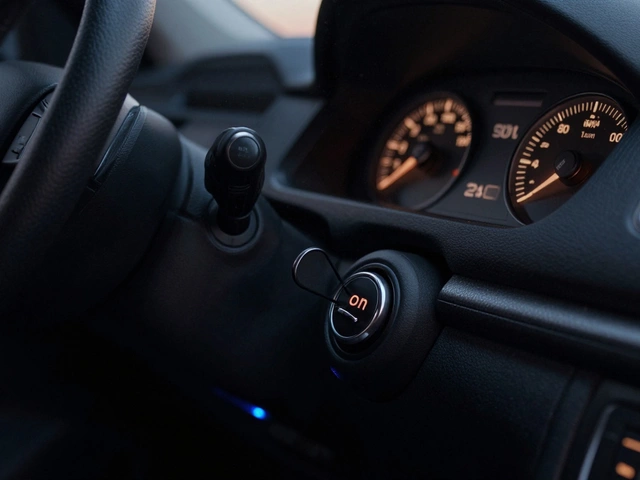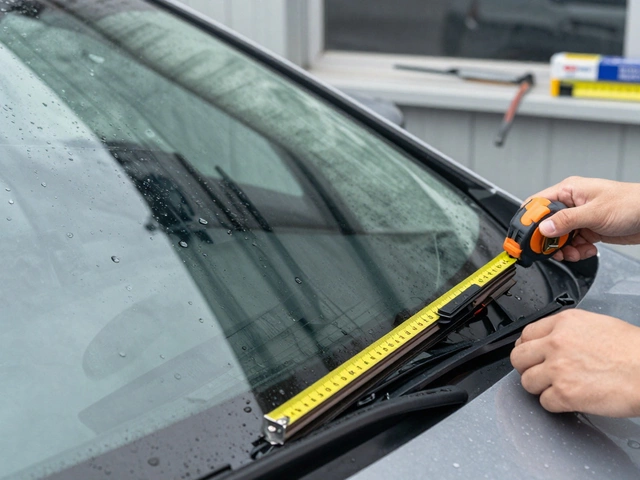Signs Bad Rotors: Common Symptoms and What to Do Next
When your brake rotors, the metal discs that brake pads clamp down on to stop your car start to wear out, your whole braking system suffers. You might not notice right away, but bad rotors don’t just wear down quietly—they send clear signals. These signals include vibrations in the steering wheel, a high-pitched squeal when you brake, or even a grinding noise that sounds like metal on metal. If you’ve felt any of these, you’re not imagining it. Your rotors are likely warped, cracked, or worn thin.
Brake rotors are part of a system that includes brake pads, the friction material that presses against the rotors to slow the car. Over time, worn pads can dig into the rotor surface, creating grooves. If you keep driving, those grooves turn into deep scoring, and the rotor can’t dissipate heat properly. That leads to warping—when the rotor becomes uneven and causes your brake pedal to pulse. You might also notice your car pulling to one side when you brake. That’s often a sign one rotor is hotter or more damaged than the other. And if you hear a loud grinding sound? That’s usually the metal backing plate of the brake pad scraping directly against the rotor. At this point, you’re not just risking your safety—you’re looking at a much bigger repair bill.
It’s easy to blame the brake pads when things go wrong, but rotors often need attention too. A lot of drivers think they can skip rotor replacement if the pads are new, but that’s a myth. If your rotors are warped or worn past the minimum thickness, new pads won’t work right. They’ll wear out faster, and your stopping distance will increase. The good news? You don’t need to guess. You can check your rotors yourself with a flashlight and a ruler. Look for shiny spots, deep grooves, or bluish discoloration from overheating. If you’re unsure, a quick inspection at a trusted shop like Stevenage Tyres & Car Services UK can save you from a dangerous situation.
There’s also a timing issue. Rotors usually last longer than pads, but not forever. Most last between 30,000 and 70,000 miles, depending on your driving habits. If you haul heavy loads, drive in stop-and-go traffic, or ride the brakes on hills, they’ll wear out faster. And if you’ve had a brake job recently but the problem came back, the rotors were probably never checked—or worse, resurfaced instead of replaced. Resurfacing can help if the damage is minor, but if the rotor is too thin or cracked, it’s just a temporary fix.
Don’t wait until your brakes fail. The signs bad rotors show are subtle at first, but they get worse fast. A small vibration today could turn into a full brake failure tomorrow. That’s why knowing what to look for matters. Below, you’ll find real-world guides from drivers who’ve been there—how to spot early damage, whether to resurface or replace, and how to avoid being upsold on unnecessary work. These aren’t theory pieces. They’re practical, no-fluff advice from people who’ve fixed their own brakes and lived to tell the story.
